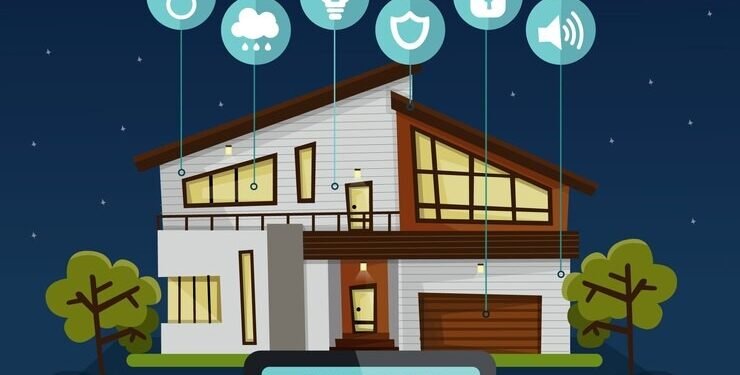In the ever-evolving world of technology, the concept of a “smart home” has become a reality for many homeowners. As we move into 2024, smart home security has advanced significantly, offering unprecedented protection and peace of mind.
With the increasing number of connected devices and sophisticated cyber threats, it is crucial for homeowners to integrate robust smart security features into their homes. This blog post aims to provide an in-depth guide on optimizing your smart home for security in 2024, ensuring that you stay ahead of potential threats and enjoy the full benefits of modern technology.
Current Landscape of Smart Home Security
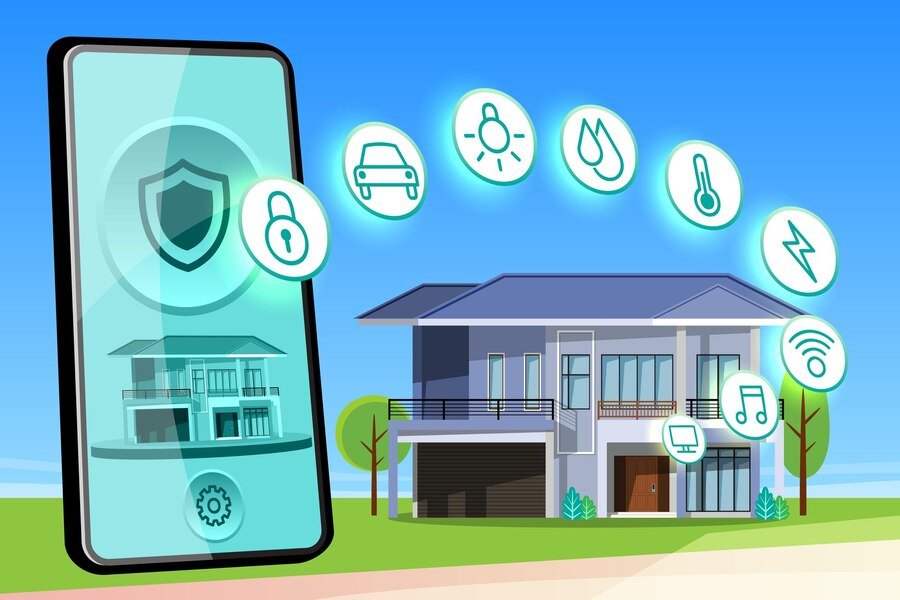
Latest Security Technologies
The smart home security landscape has seen remarkable advancements recently. From AI-powered cameras to biometric locks, the options available are both diverse and sophisticated. Key technologies include:
- AI-Powered Surveillance Cameras: These cameras can differentiate between humans, animals, and objects, reducing false alarms and enhancing threat detection.
- Smart Locks: These offer keyless entry and can be controlled remotely, providing added convenience and security.
- Intrusion Sensors: Advanced sensors can detect unusual movements and sound alerts before a potential breach occurs.
- Video Doorbells: With features like two-way communication and motion detection, video doorbells add an extra layer of security to your home’s entrance.
Traditional vs. Smart Security Systems
Traditional security systems have relied heavily on wired connections and professional monitoring services. While effective, they often lack the flexibility and advanced features of smart security systems. In contrast, smart security systems offer:
- Integration with other smart home devices.
- Remote access and control via smartphones.
- Automated responses to security breaches.
- Enhanced data analytics for better decision-making.
Essential Smart Home Security Features
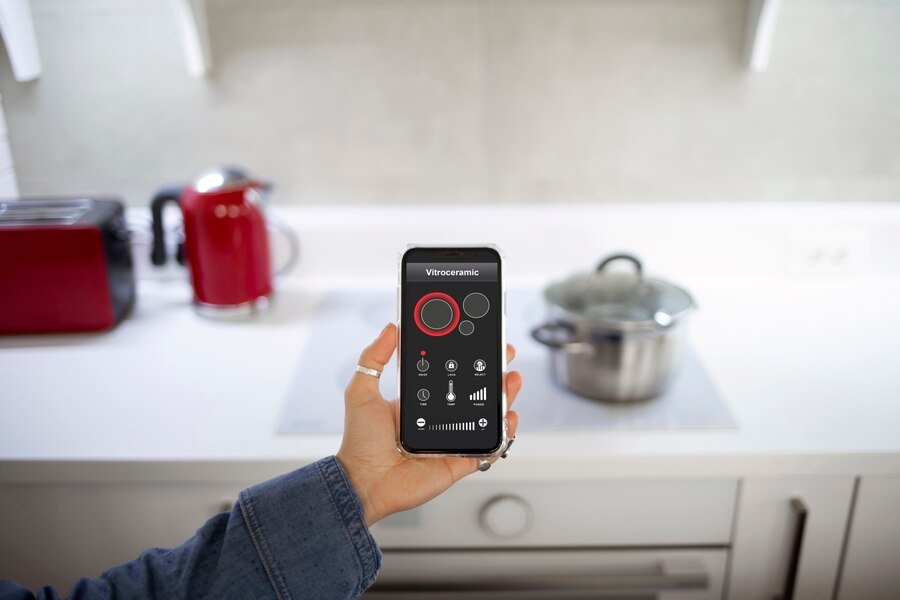
Detailed Breakdown of Must-Have Features
To effectively secure your smart home in 2024, consider incorporating the following essential features:
- AI-Powered Cameras: These cameras use artificial intelligence to analyze video footage in real-time, identifying potential threats and notifying homeowners promptly.
- Smart Locks and Biometric Access: These locks use fingerprints, facial recognition, or PIN codes to grant access, ensuring only authorized individuals can enter.
- Comprehensive Alarm Systems: Modern alarm systems are connected to your smart devices, allowing for instant alerts and automated responses.
- Environmental Sensors: Sensors that detect smoke, carbon monoxide, and water leaks are crucial for preventing disasters.
- Home Automation Integration: Ensure your security system integrates seamlessly with other smart devices like lights, thermostats, and voice assistants.
Optimizing Your Smart Home for Security
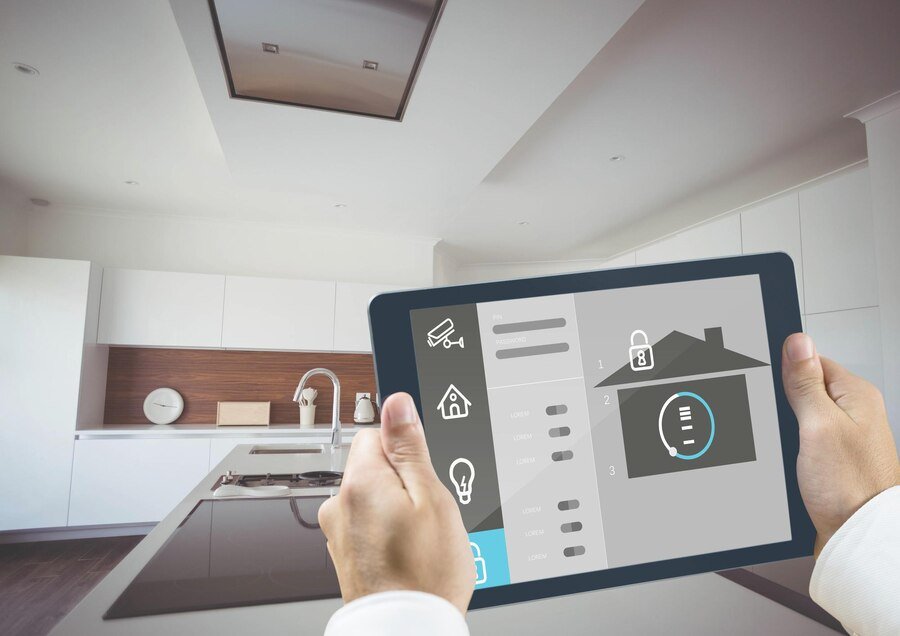
Step-by-Step Guide to Integration
To optimize your smart home for security, follow these steps:
- Assess Your Needs: Determine the specific security requirements of your home. Consider factors like the size of your property, the number of entry points, and your neighborhood’s safety.
- Choose Compatible Devices: Select smart security devices that are compatible with your existing smart home ecosystem.
- Secure Your Network: Ensure your Wi-Fi network is secure by using strong passwords, enabling WPA3 encryption, and regularly updating your router’s firmware.
- Install and Configure Devices: Follow the manufacturer’s instructions to install and configure your devices properly. Test each device to ensure it functions correctly.
- Set Up Alerts and Automations: Customize alerts and automation rules to respond automatically to security events, such as turning on lights when motion is detected.
- Regular Maintenance: Regularly update the firmware of your smart devices and perform routine checks to ensure everything is functioning as intended.
Tips for Setting Up a Secure Network
- Use Strong Passwords: Create complex passwords for your Wi-Fi network and smart devices.
- Enable Two-Factor Authentication: Add an extra layer of security by enabling two-factor authentication for all accounts associated with your smart home.
- Create a Guest Network: Isolate your smart devices from potential threats by setting up a separate guest network for visitors.
- Monitor Network Traffic: Use network monitoring tools to keep an eye on unusual activity and potential security breaches.
Future Trends in Smart Home Security
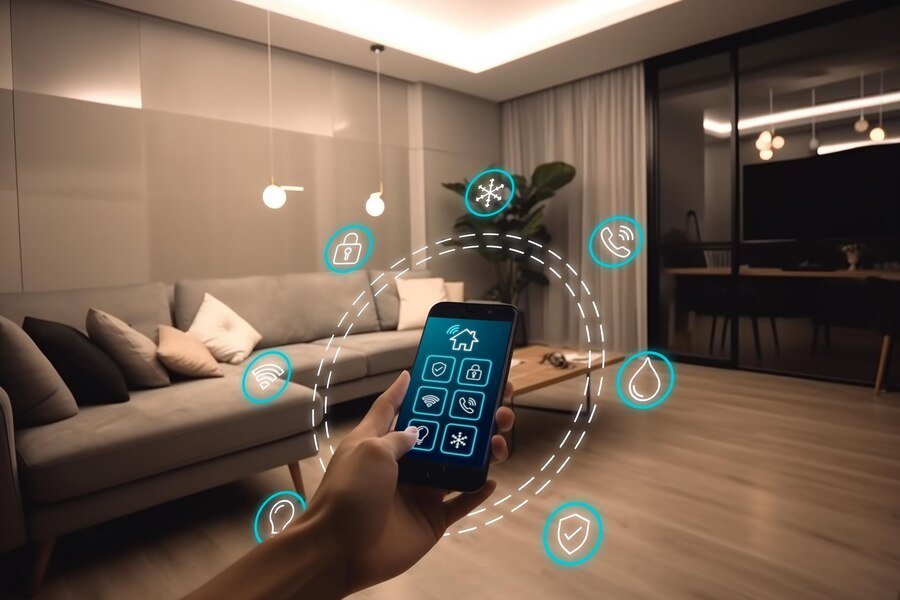
Insights into Upcoming Technologies
The future of smart home security looks promising, with several exciting trends on the horizon:
- AI and Machine Learning: These technologies will continue to enhance threat detection and response capabilities, making security systems more intuitive and proactive.
- 5G Connectivity: The rollout of 5G networks will enable faster and more reliable communication between smart devices, improving overall system performance.
- Blockchain Technology: Blockchain can enhance the security of smart home devices by providing decentralized and tamper-proof data storage.
- Quantum Computing: Although still in its early stages, quantum computing holds the potential to revolutionize encryption and data security, making smart homes even more secure.
Potential Impact of AI and Machine Learning
AI and machine learning will play a pivotal role in the future of smart home security. These technologies will enable:
- Predictive Analysis: AI can analyze patterns and predict potential security breaches before they occur.
- Automated Threat Response: Machine learning algorithms can develop automated responses to different security scenarios, improving reaction times and effectiveness.
- Enhanced Personalization: AI can learn from the behavior of homeowners and customize security settings to suit their preferences and routines.
Analysis of Outcomes and Benefits
These case studies demonstrate the tangible benefits of optimizing your smart home for security. Homeowners can enjoy:
- Increased Peace of Mind: Knowing that their home is protected by advanced technology.
- Improved Efficiency: Automated responses to security events reduce the need for manual intervention.
- Enhanced Protection: Cutting-edge features like AI-powered cameras and biometric access provide superior security.
Conclusion
As we navigate the digital age, optimizing your smart home for security in 2024 is more important than ever. By integrating advanced security features, securing your network, and staying informed about future trends, you can ensure your home remains a safe haven amidst potential threats. Take the first step today by evaluating your current security setup and exploring the innovative solutions available. Embrace the future of smart home security and enjoy the peace of mind that comes with knowing your home is protected by the latest technology.
Stay ahead of the curve and secure your smart home today. Your safety and security are worth the investment.

